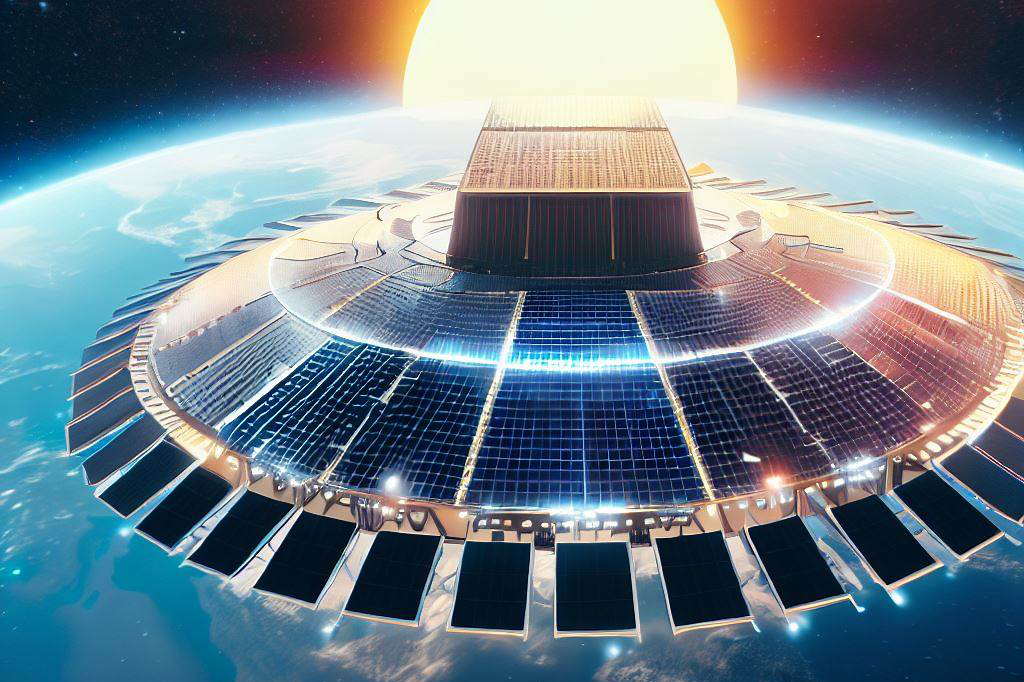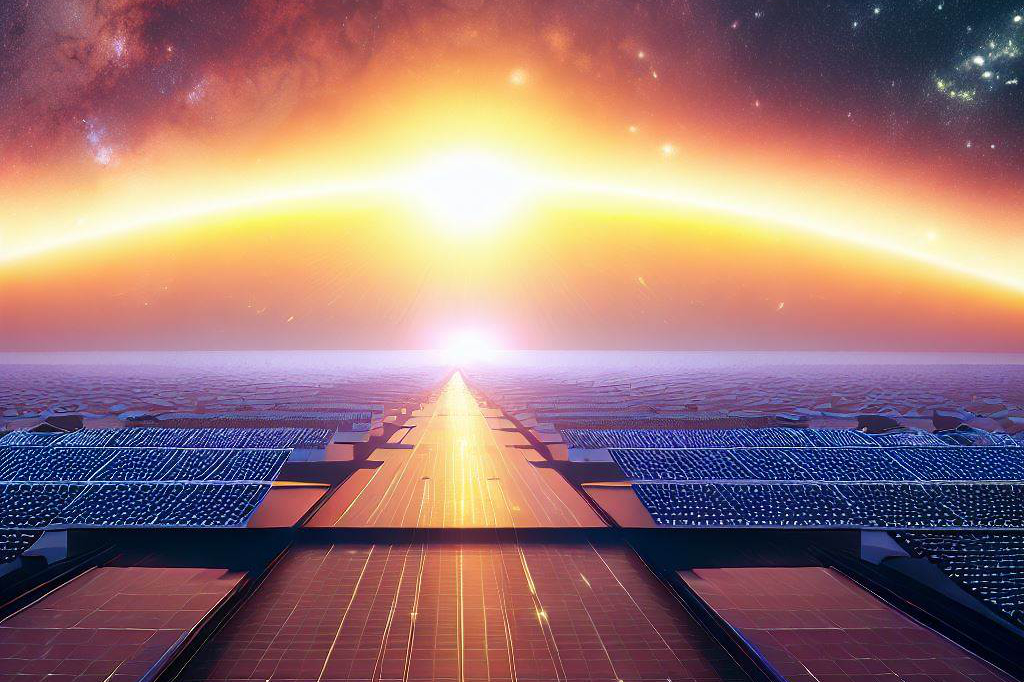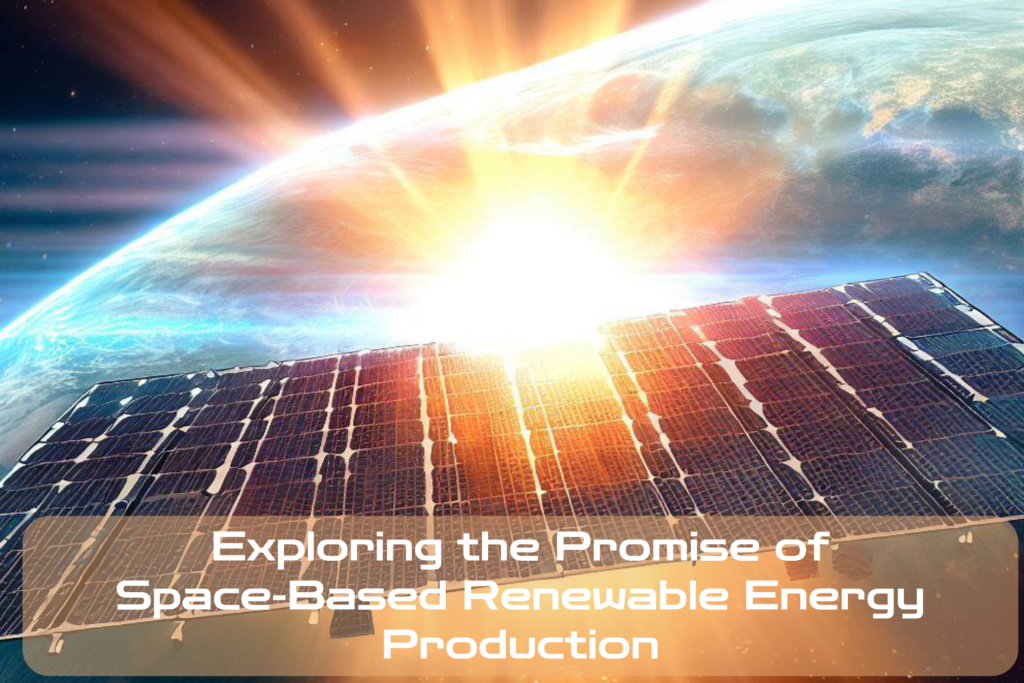The Current Global Energy Landscape
The world’s energy landscape is constantly evolving. Historically, our primary sources of energy have been non-renewable resources like coal, oil and natural gas.
However, over the past few decades, we have seen a shift towards renewable energy sources like solar, wind and hydroelectric power. This shift stems from the growing concern of climate change and its impact on the planet.
According to a report by the International Energy Agency (IEA), renewable energy accounted for an estimated 26% of global electricity generation in 2018. While this is a significant increase from previous years, there is still a long way to go before we are able to fully transition away from non-renewable sources of energy.
The Need for Renewable Energy Sources
The need for renewable energy sources has never been greater.
As global temperatures continue to rise and weather patterns become more unpredictable, it is clear that climate change poses a serious threat to our environment and quality of life. Renewable energy has the potential to address many of these concerns by providing clean, reliable and sustainable sources of power that do not contribute to greenhouse gas emissions or other forms of pollution.
The Concept of Space-Based Renewable Energy Production
One promising avenue for generating renewable energy is through space-based solar power (SBSP). This innovative concept involves capturing solar power in space using satellites equipped with photovoltaic panels or mirrors that reflect sunlight onto receiving stations on Earth. While this may sound like science fiction, research into SBSP has been ongoing for several decades now.
In fact, NASA first began investigating the feasibility of SBSP in the 1970s as a means to provide clean energy for long-duration space missions. Today, SBSP represents an exciting opportunity to provide large-scale amounts of clean energy that could help address many of the environmental and energy challenges facing our world.
What is space-based renewable energy production?

Explanation of the basic principles behind space-based solar power (SBSP)
Space-based solar power (SBSP) is a concept that involves collecting solar energy in space, converting it into usable electricity, and beaming it down to Earth using wireless power transmission technology. The basic principle behind SBSP is that solar radiation can be gathered more efficiently in space than on Earth due to the lack of atmosphere and clouds that can absorb or scatter sunlight.
One example of how SBSP can work is by deploying a large-scale satellite equipped with photovoltaic panels that collect solar radiation and convert it into direct current (DC) electricity. The DC power is then converted into microwave or laser beams that are transmitted to Earth, where they are received by ground stations equipped with specialized receivers that convert the microwave or laser beams back into electricity for use in homes or industries.
Comparison with traditional terrestrial solar power and other renewable energy sources
Compared to traditional terrestrial solar power, which involves installing photovoltaic panels on rooftops or open fields on Earth, SBSP has several advantages. For one, the amount of available sunlight in space is much greater than what we receive on the surface of the Earth.
This means that SBSP can generate more electricity per unit area of collectors than terrestrial solar panels. Moreover, SBSP has no weather-dependent limitations as it operates outside the atmospheric conditions that affect weather patterns on Earth.
This makes it a reliable source of energy regardless of weather conditions such as clouds, storms, or even night-time darkness. Compared to other renewable energy sources like wind or hydroelectricity, SBSP also provides a consistent source of clean energy without relying on natural resources such as water or wind currents.
The Potential Benefits of SBSP
Solar Power from Space: A Continuous, Reliable Source of Clean Energy
Space-based solar power (SBSP) could revolutionize the way we generate power, offering a reliable and continuous source of renewable energy. Unlike traditional terrestrial solar power, which is affected by weather patterns and daylight hours, SBSP systems could operate 24/7 with minimal interruption.
This has the potential to solve one of the biggest challenges facing renewable energy sources today: intermittency. SBSP also offers several other benefits beyond just being a consistent source of clean energy.
The panels in space are not limited by atmospheric conditions such as clouds or pollution, meaning that they can capture more sunlight and generate more energy than their terrestrial counterparts. Additionally, because the intensity of sunlight in space is greater than on Earth’s surface, space-based solar panels can produce more electricity per unit area.
Addressing Climate Change Through SBSP
The effects of climate change are already being felt around the world through extreme weather events such as hurricanes and wildfires. The use of fossil fuels for energy production is one of the leading contributors to this problem. As a result, finding cleaner sources of energy has become essential for our continued survival.
One way that SBSP can help address climate change is by reducing carbon emissions. If we were to replace all fossil fuel-powered plants with SBSP stations, global CO2 emissions could be reduced significantly.
Furthermore, less fuel consumption means less pollution and greenhouse gas emissions that accelerate global warming. Another benefit associated with SBSP when it comes to addressing climate change is its potential for combating deforestation.
Many countries have turned to biofuels as an alternative to fossil fuels; however, this has led to widespread deforestation as trees are cut down for use in biofuel production. With space-based solar power offering an efficient and cost-effective alternative to biofuels, we could potentially reduce the amount of deforestation needed to meet our energy demands.
The Challenges Facing SBSP Implementation

Technical Challenges: Overcoming the Barrier of Space
One of the most significant technical challenges facing space-based renewable energy production is that space is a very harsh environment. This means that any infrastructure we build up there will need to be able to withstand extreme temperatures, radiation, and micrometeorites. Furthermore, it must also be able to operate autonomously for long periods of time to avoid constant maintenance being required.
In addition to this, there is also the problem of how we can transmit power from space back down to earth. We will need to develop highly efficient wireless power transmission technologies capable of transmitting large amounts of electricity over long distances without significant losses.
Economic Challenges: Making It Cost-Effective
Another challenge facing space-based renewable energy production is its cost-effectiveness. Building and launching infrastructure into space requires a lot of money, making it potentially expensive compared with other forms of renewable energy. If it is not economically viable, it will not be adopted on a large scale.
To address this issue, we need more research and development focused on bringing down the costs associated with building and launching equipment into orbit. Additionally, governments could offer tax incentives or subsidies for companies that invest in SBSP technology.
Political Challenges: Encouraging Global Cooperation
There are political challenges associated with implementing SBSP on a global scale. It may require international cooperation between various countries as well as cooperation between different industries, such as aerospace and energy companies. Furthermore, there are concerns about who would own and control the infrastructure needed for SSBP.
This could lead to geopolitical tensions if certain countries or corporations seek dominance over other nations or industries. To overcome these challenges requires innovation in governance just as much as technological innovation in engineering: finding ways for countries across different regions and economic systems to work together towards common goals such as reducing greenhouse gas emissions and increasing global access to clean energy.
The future outlook for SBSP

Overview on the current state of research and development in this field
The idea of space-based renewable energy production has been around for several decades, but technological limitations have prevented its widespread implementation. However, recent advancements in materials science, robotics, and wireless power transmission have rekindled interest in this concept.
Many governments and private companies are investing heavily in research and development to explore the potential of space-based solar power. CalTech, for instance, is currently working on a project called the Space Solar Power Initiative (SSPI), (PDF), which aims to develop a system for producing solar power in space and transmitting it wirelessly to Earth.
The project involves collaboration between NASA’s Glenn Research Center, Langley Research Center, and the California Institute of Technology (Caltech).
Meanwhile, Japan’s Aerospace Exploration Agency (JAXA) has already launched a series of test satellites to demonstrate the feasibility of space-based solar power production.
Final Thoughts

The potential for space-based renewable energy production to contribute to global energy security is undeniable.
With an almost unlimited supply of clean solar power available from space, we could reduce our dependence on finite fossil fuels while mitigating the environmental impacts associated with traditional forms of electricity generation.
While there are still technical challenges that need to be overcome before SBSP becomes commercially viable, there is no doubt that we will continue to innovate new solutions as our need for sustainable sources of energy grows stronger. Therefore, let us acknowledge that space-based renewable energy production could become a reality sooner rather than later if individuals had access to the funds required to cover costs associated with research & development as well as implementation expenses, so as to not only protect our planet but also secure a safe future for generations yet unborn.

C M, a seasoned editor, journalist, and consultant, is deeply fascinated by the convergence of technology, space, and the future of humanity.
With a particular interest in transhumanity, futurology, and the philosophical and ethical dimensions of these domains, C M serves as the lead contributor to SpaceSpotlight and TranscendSphere.
When not penning insightful articles on these rapidly evolving fields, C M indulges in their love for podcasts and books, proudly embracing their status as a ‘Happy Nerd Extraordinaire!’



